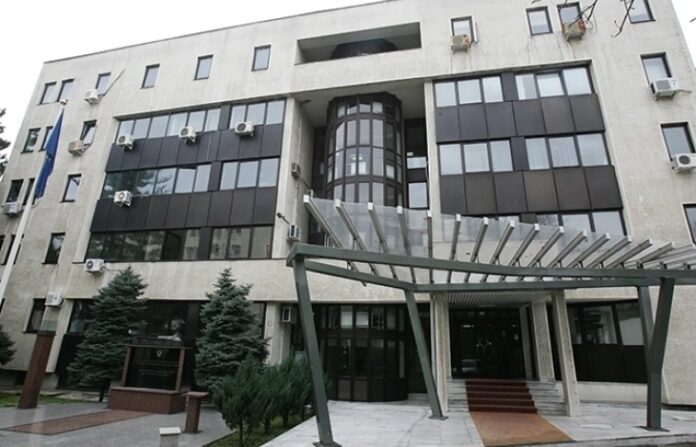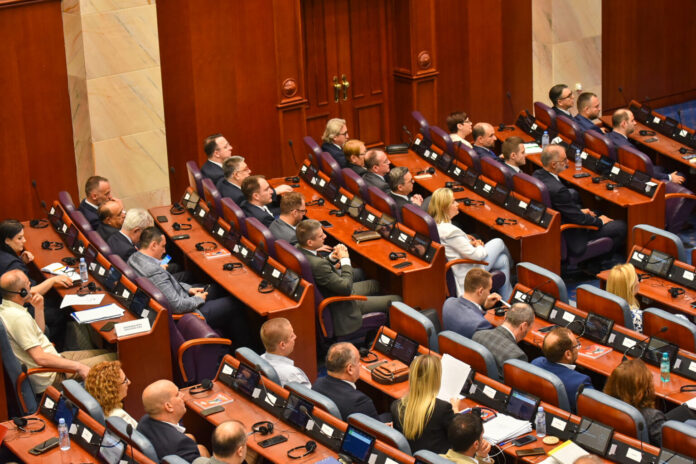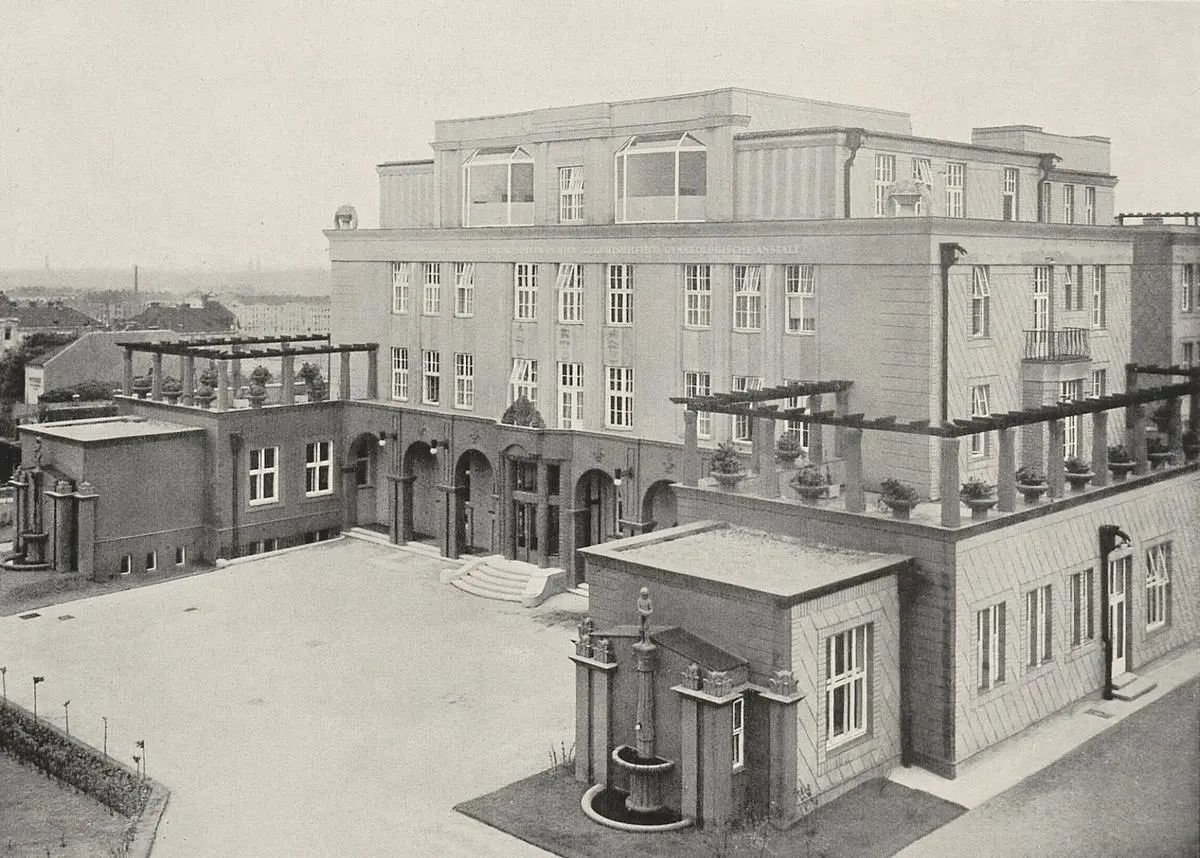Cold peace and occasional flames

The latest significant conflict, with the exception of the events of 2025, occurred in 2019. The conflict began after a terrorist attack in Pulvama, when a suicide bomber attacked a convoy carrying members of the Indian security forces. The attack killed 40 members of the Indian reserve police force. The Islamist group Jaish-e-Mohammed claimed responsibility for the attack. India has accused Pakistan of the attack, claiming the attackers had the support of Pakistani territory. On the other hand, authorities in Islamabad have condemned the attack and denied any involvement. Twelve days after the attack, India carried out a cross -border air strike on Pakistani territory. In response, Pakistan carried out his own air strike the next day
How did the British turn the Indian subcontinent into chaos (5)
« Geopolitics », fueled by the still -current military incident in the Middle East between the two units and nuclear powers, India and Pakistan, makes a short historic cut of events and reminiscent of facts that put Britain (the United Kingdom) in the focus of its analytical observation, representing London’s policy
By entering the 21st century, relations between India and Pakistan remained burdened with historical heritage of conflicts, mistrust and competitive national narratives. Dissatisfaction with Kashmir over the abolition of autonomy sparked a wave of terrorist attacks in India by extreme Muslim groups in India. Many terrorist groups, such as Jaish-E-Mohammed and Lashkar-e-Taiba, have their own seat in Pakistan and openly advocate « liberating » Kashmir.
At the end of 2001 in New Delhi, five strikers linked to the militant group Jaish-Mohammed struck an Indian vice-president’s convoy Krishan Kant and opened fire. At the same time, a similar attack was carried out on the Assembly building in Srinagar, the capital of the federal state of Jammu and Kashmir. India has accused Pakistan -based extremist groups of the attacks and began mobilizing its army along the border. Despite the smaller conflicts in Kashmir, which almost escalated into an open war, further escalation was avoided thanks to the diplomatic intervention of the international community.
In 2003, India and Pakistan sat down at the negotiating table and began a series of diplomatic talks aimed at stabilizing each other. Despite the numerous disagreements and mistrust of previous conflicts, both sides have succeeded in making some progress in normalizing relations. The situation seemed to be finally moving in the direction of long -term peace and stability in the region.
Unfortunately, hopes for permanent stabilization of the relationship quickly disappeared. In November 2008, a series of coordinated terrorist attacks in Mumbai rocked India. The attacks later became known as « 26/11 » after the date on which they were carried out. Terrorists related to the Lashkar-e-Taiba group attacked several locations, the most famous of which was on the luxurious Taj Mahal Palace Hotel.
Fearing a possible Indian military revenge, Pakistan deployed military forces along the border, but they were withdrawn a few days later to avoid escalation. As a result of the attack, diplomatic relations between the two countries were sharpened, and all previous negotiations on normalization of relations were suspended.
In 2016, relations between India and Pakistan again reached a boiling point, caused by one of the deadliest attacks on Indian forces in Kashmir in the last 20 years. On September 18, four armed militants attacked an Indian military base in Uri, near Locon. The attack killed 19 Indian soldiers, and the Indian public reacted sharply, demanding an answer.
The Indian government, led by Prime Minister Narendra Modi, responded on September 29, 2016, announcing that Indian special forces carried out attacks at several locations throughout the region, destroying militant bases. It was a precedent – India for the first time publicly admitted that it had carried out such an operation on Pakistani territory, sending a clear political and military message.
Pakistan, on the other hand, denied that these attacks had happened at all, calling them « illusion » and accusing India of trying to destabilize the region. Regardless of the different interpretations of the event, the 2016 incident marked a change in India’s security strategy. This laid the foundations for similar answers in the years to come.
The latest significant conflict, with the exception of the events of 2025, occurred in 2019. The conflict began after a terrorist attack in Pulvama, when a suicide bomber attacked a convoy carrying members of the Indian security forces. The attack killed 40 members of the Indian reserve police force. The Islamist group Jaish-e-Mohammed claimed responsibility for the attack. India has accused Pakistan of the attack, claiming the attackers had the support of Pakistani territory. On the other hand, authorities in Islamabad have condemned the attack and denied any involvement. Twelve days after the attack, India carried out a cross -border air strike on Pakistani territory. In response, Pakistan carried out his own air strike the next day in the morning. There was an air battle between Indian and Pakistani forces, during which the Pakistani Air Force shot down Indian MiG-21. Although the conflict lasted only a few weeks, it caused a strong fear in the region for the possibility of nuclear escalation.
Road without end? Opportunities for peace in the shadow of history
The history of relations between India and Pakistan is marked by a conflict scheme, attempts to stabilize and restore confidence disorders. Since the division of British India in 1947, the Kashmir region has remained a focal point of tension – territorial, political and emotional symbol that led to three major wars, numerous smaller conflicts and continuous instability over the decades.
Despite numerous diplomatic efforts, such as the Simla Agreement, the Lahor Declaration and negotiations that lasted from 2003 to 2008, each attempt at peace proved to be fragile and temporary. The confidence being built for years is often destroyed at a single moment – an explosion, shot or accusation.
The latest example of this came in May 2025, when an armed response to the attack on terrorists in Kashmir again escalated in a shootout. Tensions have reached a new level, and the region seems to slip into serious escalation.
The question remains – will reason and diplomatic dialogue prevail or are we witnessing an introduction to another war in a world, in a world that is already becoming more and more unstable?
(End)







